In a simple black dress, Yasmine Dabbous wears a colorful necklace. She has three silver rings on her fingers, all of which she handcrafted. She digs into her boxes and drawers very carefully to find the authentic vintage metals and textiles she has collected from around the world. She raises them to the light to show her visitor the treasures she owns. After narrating the story of every piece, which she knows by heart, she puts the pieces back exactly in place.
Dabbous’ passion to craft handmade necklaces, brooches and rings is deeply rooted in her heart. She left her job as a university professor at the department of communication arts at the Lebanese American University (LAU) in 2015 to pursue jewelry design and textile design, a decision spurred by a health issue that has affected her heart. She hasn’t given up storytelling and attempting to influence change, which she once pursued as a journalist. She just prefers to do it differently.
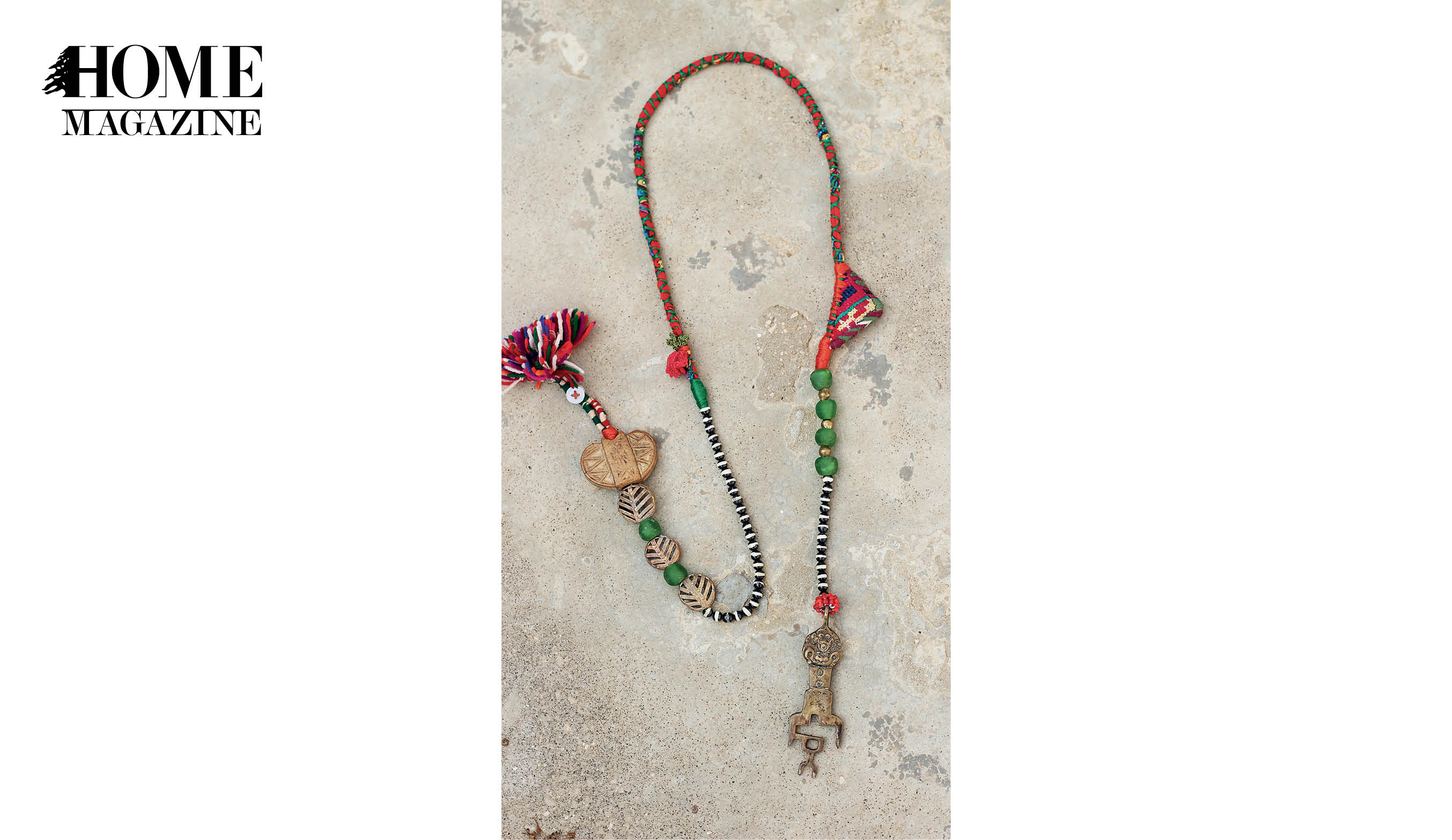
“My health situation was a catalyst for this decision. Symptoms I’ve experienced due to my heart problem have changed my perception of living and of what I value in life. That’s when I decided to stop teaching at LAU, a fixed and stable job with many guarantees in such an unstable country,” said Dabbous.
Although she has been developing traditional, unique pieces of jewelry art for years, her first step after quitting her job was to enroll in the Fashion Institute of Technology in New York. Today, Dabbous narrates stories from all over the world by collaging authentic textiles and vintage pieces from local communities to produce bewitching mixtures of colors, fabrics and metals that each represent the cultures and values from which they come.
Dabbous calls her style “tribal art.” She said it is the antonym of Greek standards of beauty and perfection, which are built on means and balances. “Instead, tribal art is imperfect. It is done by handwork like embroidery and carving. It’s an art where machines have no role, which has meaning, and that’s related to stories, to beliefs, to values, to identity, to gender, to age and nationality. For example, I have necklaces made from a belt that is worn by the Lu Tribe in Vietnam for weddings only . So, when you see a woman wearing it, you know she’s going to a wedding. You also know from which tribe she descends. In Palestine, the color of the cross stitching differs from one city to another,” she explained.
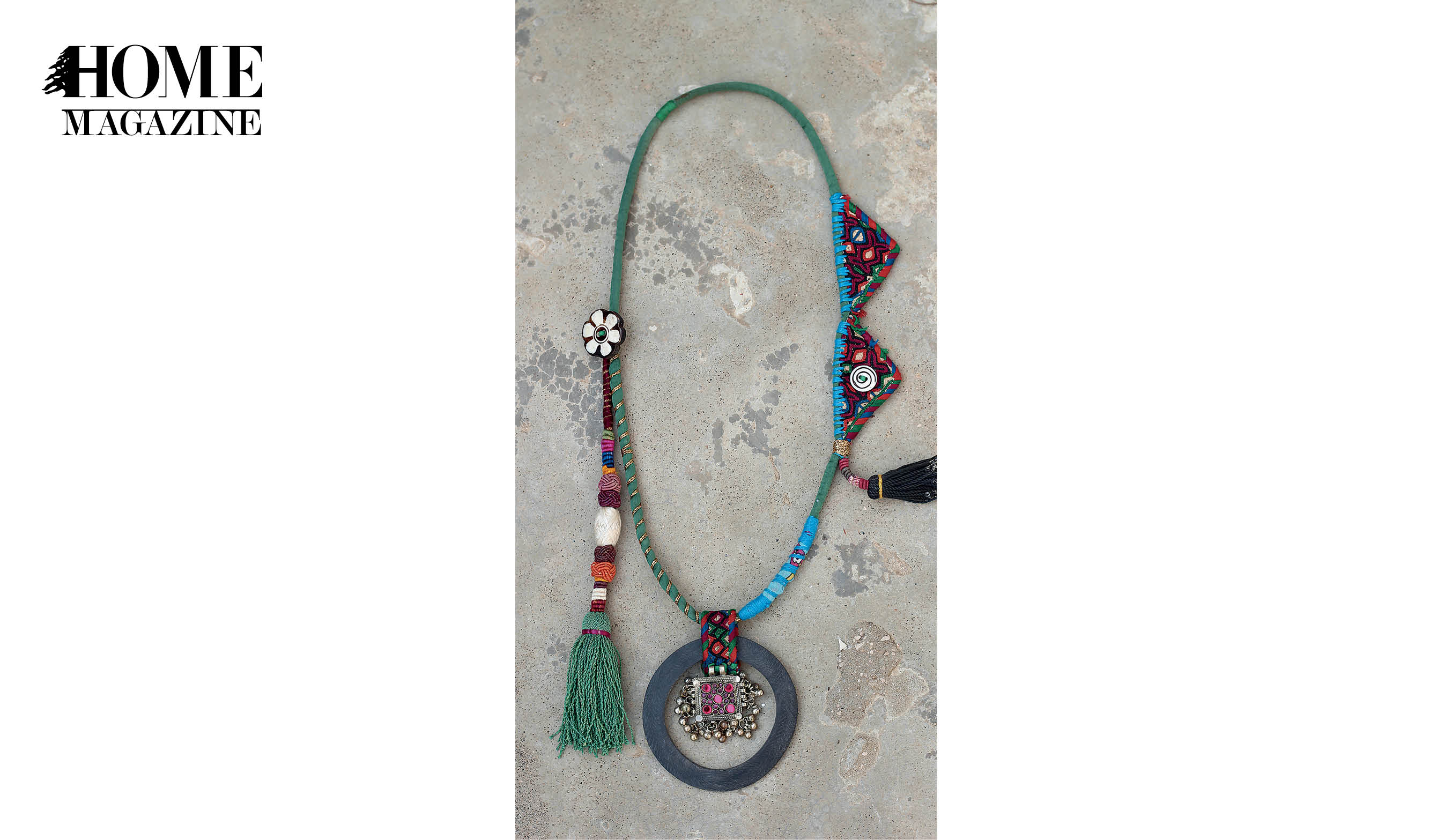
Dabbous initially discovered her passion for creating jewelry after attending a jewelry design course in Beirut in 2012. “It was when I had a big load of university courses to teach, in addition to research and publishing duties. I felt I needed something to get rid of my stress.”
“For example, I have necklaces made from a belt that is worn by the Lu Tribe in Vietnam for weddings only.”
The assignment to create a brooch fascinated her. “Something inside me exploded and I couldn’t stop. I was loving what I was doing. That’s when I discovered my passion for creating or crafting handmade brooches and accessories,” she said.
She created a startup business called Ethnic Tree, referring to the tree of life of several cultures and religions. The name was not well received in the United States, where it was linked to racism and ethnic segregation, so she changed the name to Kinship Stories.
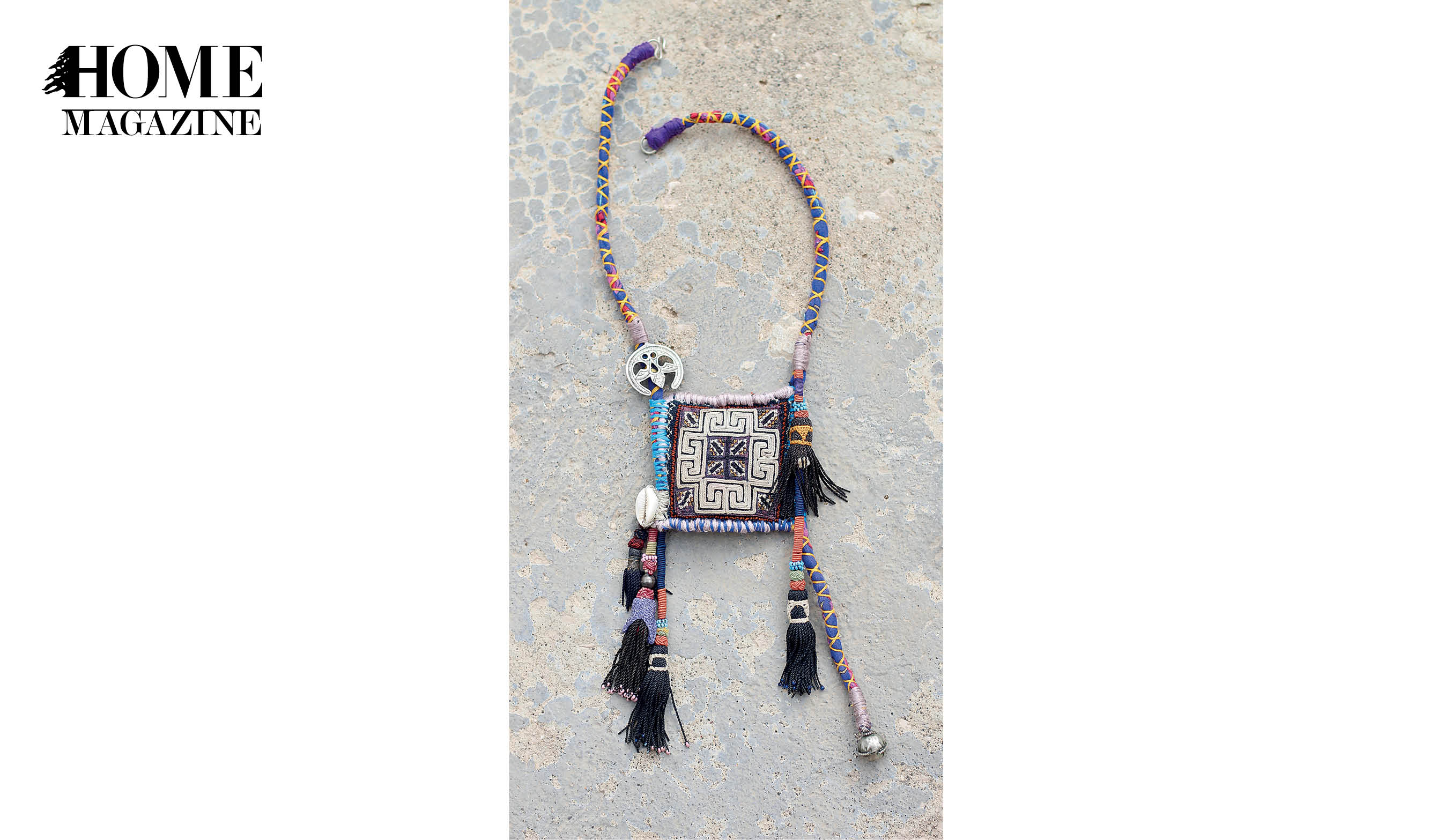
“Everything I use in my necklaces is usually transmitted through kin, a blood relation, from mother to daughter or from father to son, including the beliefs and values and skills. At the same time, every piece I collect tells a story about a local community. For me, I’m still working in journalism but in a different way,” said Dabbous.
Dabbous’ art allows her to tackle many issues. She listed them: “History, culture, human dignity in all its forms, and peace, since I am a child of the war. These are the morals that drive me.”
Dabbous uses her art with social media to disseminate her messages. For instance, she sometimes writes captions about stereotypes. “I’m a veiled woman, a female and an Arab, so in many ways, I’m a victim of stereotypes. I understand their harm on the individual and the group,” said Dabbous.
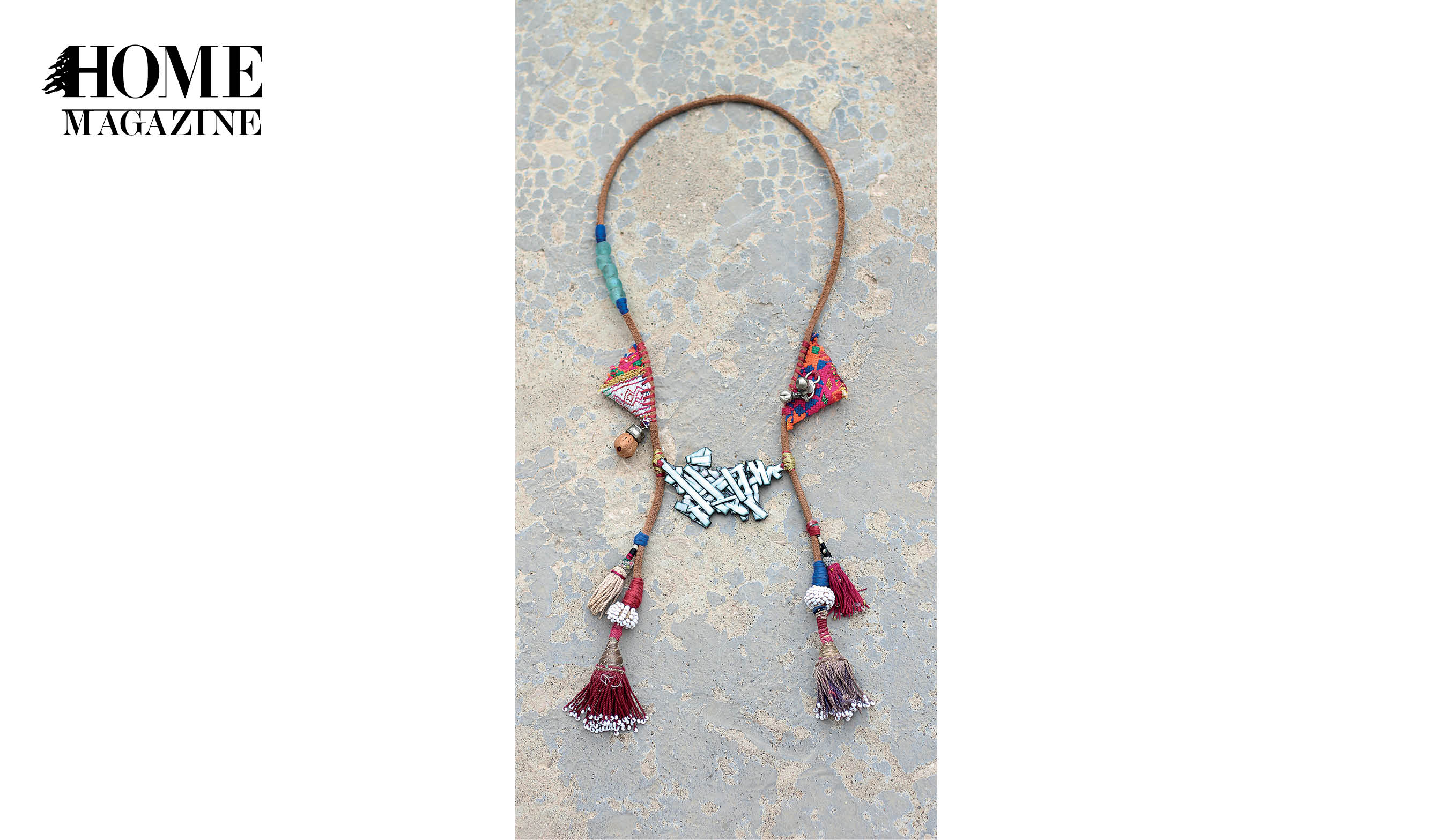
She also understands arbitrary concepts of beauty. The current international economy convinces people to appreciate particular material and products over others, she noted. “Diamonds, for example, are not scarce stones; the global appreciation of diamonds is a social construct. Silver is my favorite and I do not love gold,” she said with a laugh.
“My work has pieces with high value but they are not necessarily the ones that are widely appreciated in mass market or consumer societies,” said Dabbous.
“I’m always outside of the mainstream and I’m very comfortable at its fringes.”

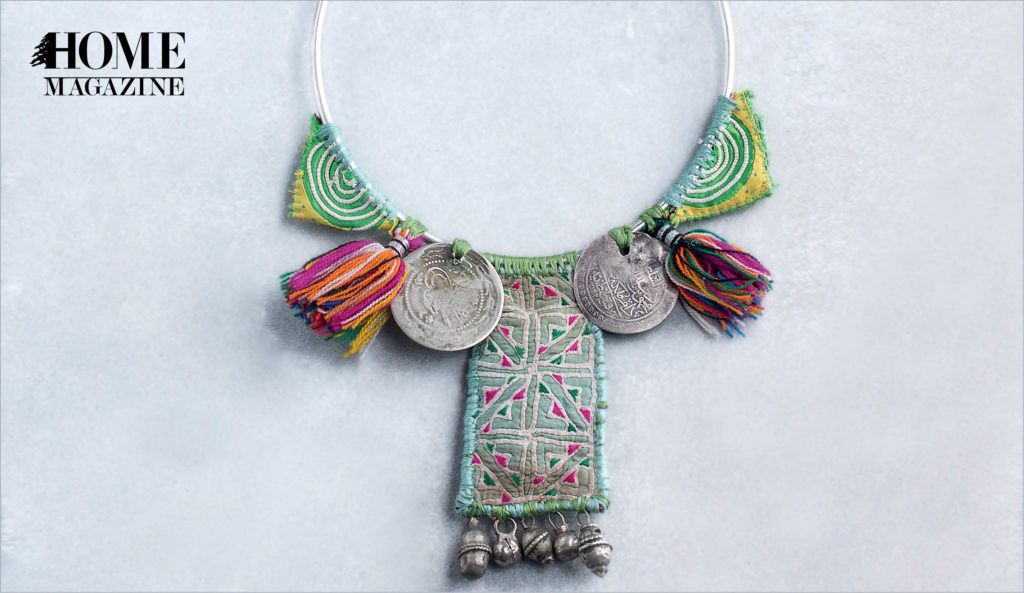














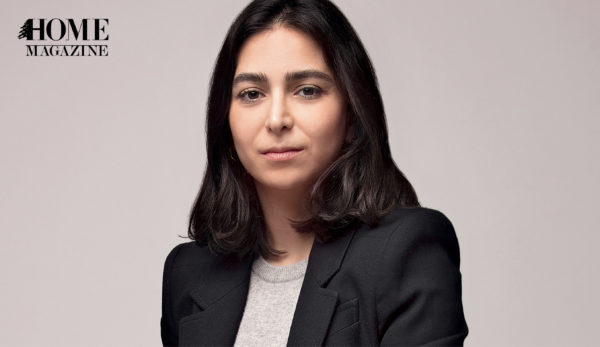

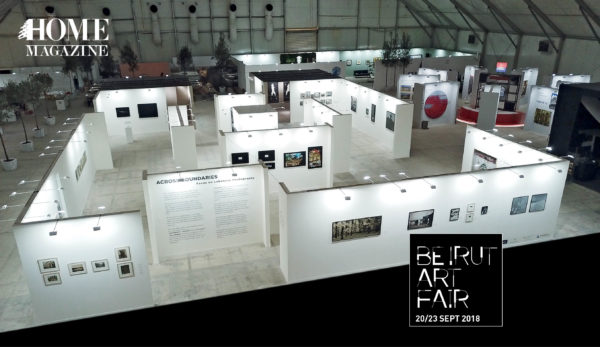

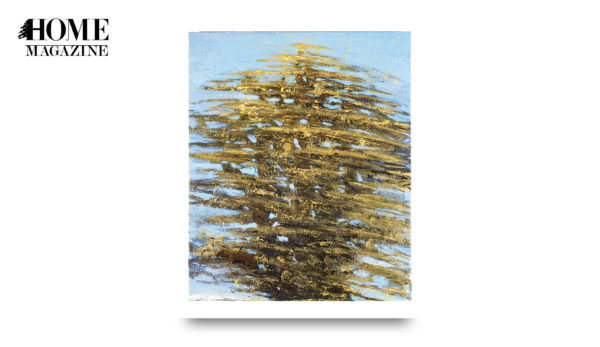










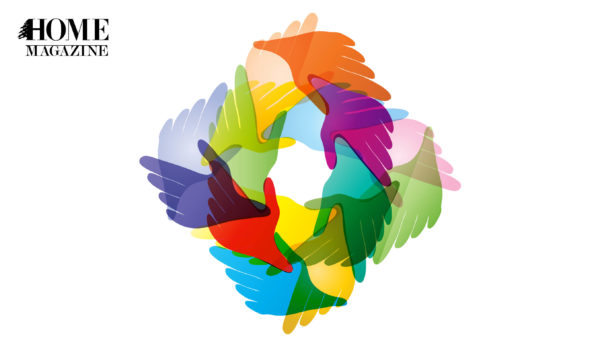


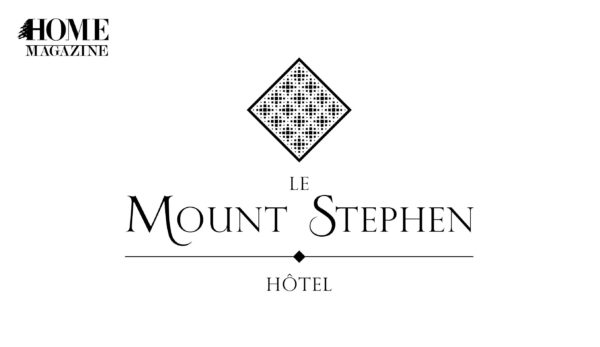



 by
by